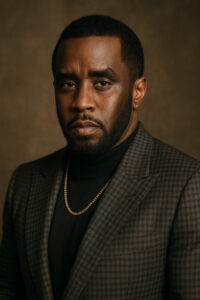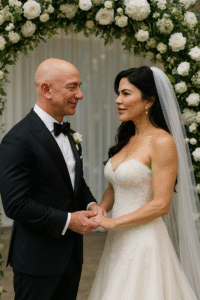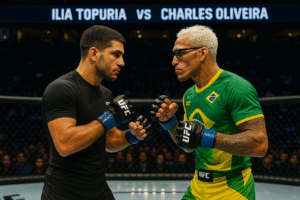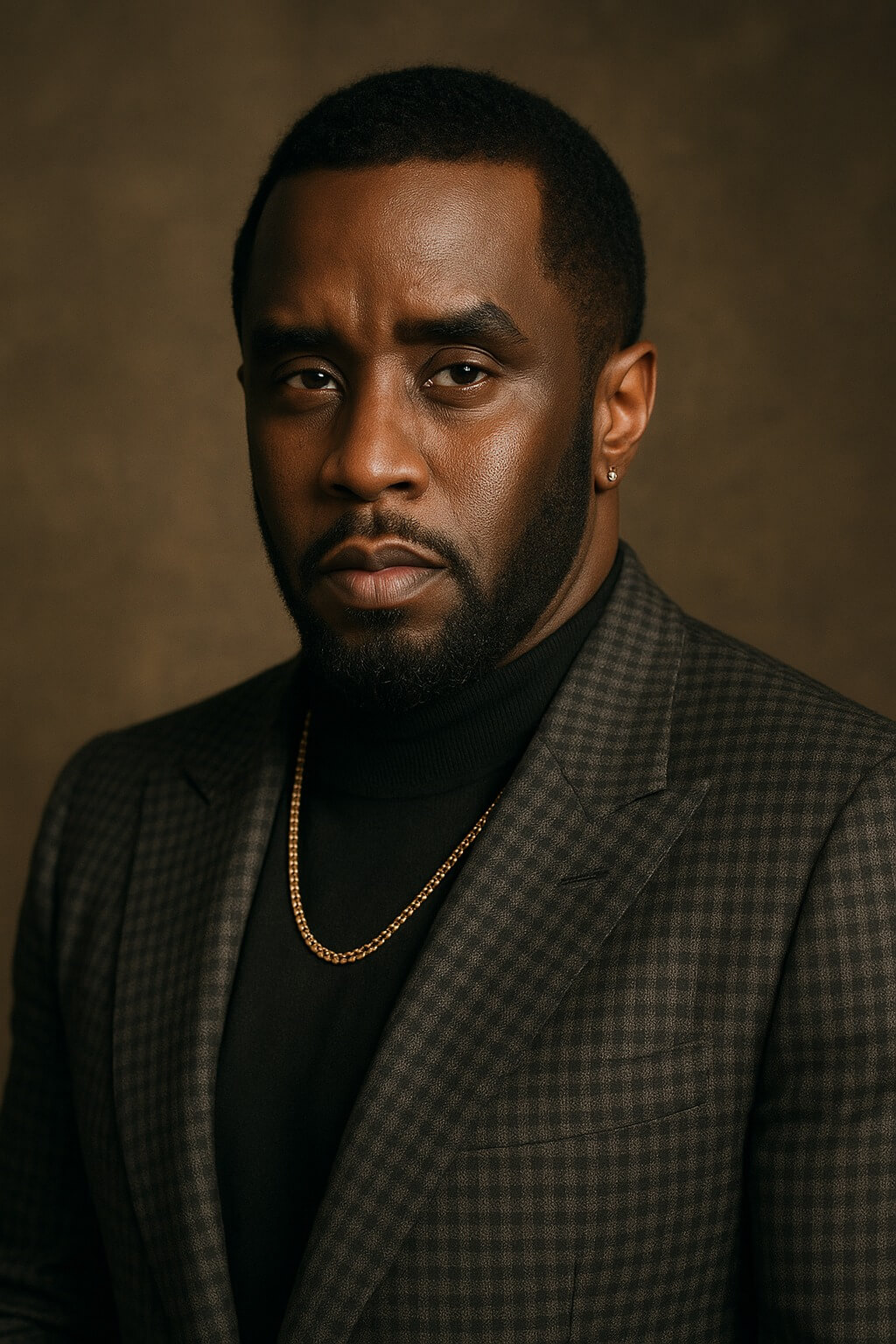On July 2, 2025, a federal jury in Manhattan reached a split verdict in the high-profile trial of Sean “Diddy” Combs, one of the most influential figures in hip-hop. After a seven-week trial that captivated the nation and drew intense media scrutiny, Combs was acquitted of the most serious charges—sex trafficking and racketeering conspiracy—but found guilty on two counts of transportation to engage in prostitution.
The Charges and the Verdict
Combs, 55, faced a five-count indictment. The jury found him not guilty on the following:
- Racketeering conspiracy
- Sex trafficking by force, fraud, or coercion involving Casandra “Cassie” Ventura
- Sex trafficking by force, fraud, or coercion involving a woman identified as “Jane”
However, he was found guilty on two counts of transportation to engage in prostitution, one involving Ventura and one involving “Jane.” Each count carries a maximum sentence of 10 years in prison, exposing Combs to up to 20 years behind bars.
Inside the Courtroom: Testimony and Evidence
The trial, which began on May 5, 2025, unfolded over 29 days of testimony. Prosecutors called 34 witnesses, including Combs’s former partners and employees. Key testimony came from Ventura, who was pregnant at the time, and “Jane,” both of whom described being coerced into “freak-offs”—alleged drug-fueled sexual encounters orchestrated by Combs. Video evidence and testimony from aides, law enforcement, and hotel staff painted a picture of a lavish, chaotic lifestyle, with allegations of cash payments to suppress incriminating footage.
Despite the prosecution’s efforts, jurors were not convinced that Combs used violence or intimidation to force participation in sex acts, nor that he led a criminal enterprise as alleged by the government. The defense did not present any witnesses, but argued that all sexual encounters were consensual and that Combs’s behavior, while at times violent, did not constitute a crime.
Jury Deliberations and Partial Verdict
The jury, composed of eight men and four women from diverse backgrounds, deliberated for just over two days. They reached unanimous decisions on four of the five counts but initially deadlocked on the racketeering conspiracy charge. Judge Arun Subramanian instructed them to continue deliberations, emphasizing the importance of reaching a consensus if possible.
Ultimately, the jury acquitted Combs of racketeering and sex trafficking, but convicted him on the two prostitution-related counts. The partial verdict reflects the complexity of the charges and the difficulty jurors faced in parsing the evidence.
Reactions and Next Steps
Upon hearing the verdict, Combs appeared visibly emotional, reportedly putting his hands together in a gesture of gratitude towards the jurors6. His legal team immediately requested his release ahead of sentencing, arguing that the acquittals on the most serious charges warranted leniency. The judge is expected to rule on Combs’s release soon, after considering arguments from both sides.
Prosecutors emphasized that, while Combs escaped the most severe penalties, the convictions still represent a significant legal setback for the music mogul. The two counts of transportation to engage in prostitution are federal felonies, and sentencing could see Combs imprisoned for up to 20 years.
Public and Industry Impact
The trial has generated global attention, offering a rare and often disturbing glimpse into the private life of one of America’s most powerful music executives. Outside the courthouse, crowds of supporters, critics, and media gathered daily, underscoring the intense public interest in the proceedings. The case has sparked widespread debate about celebrity accountability, the criminal justice system, and the intersection of fame and power.
Conclusion
Sean “Diddy” Combs’s trial has ended with a mixed verdict: acquittal on the most serious charges, but conviction on two significant felonies. As the legal process moves towards sentencing, the outcome will continue to reverberate through the music industry and beyond, marking a pivotal chapter in the life and career of a cultural icon.





